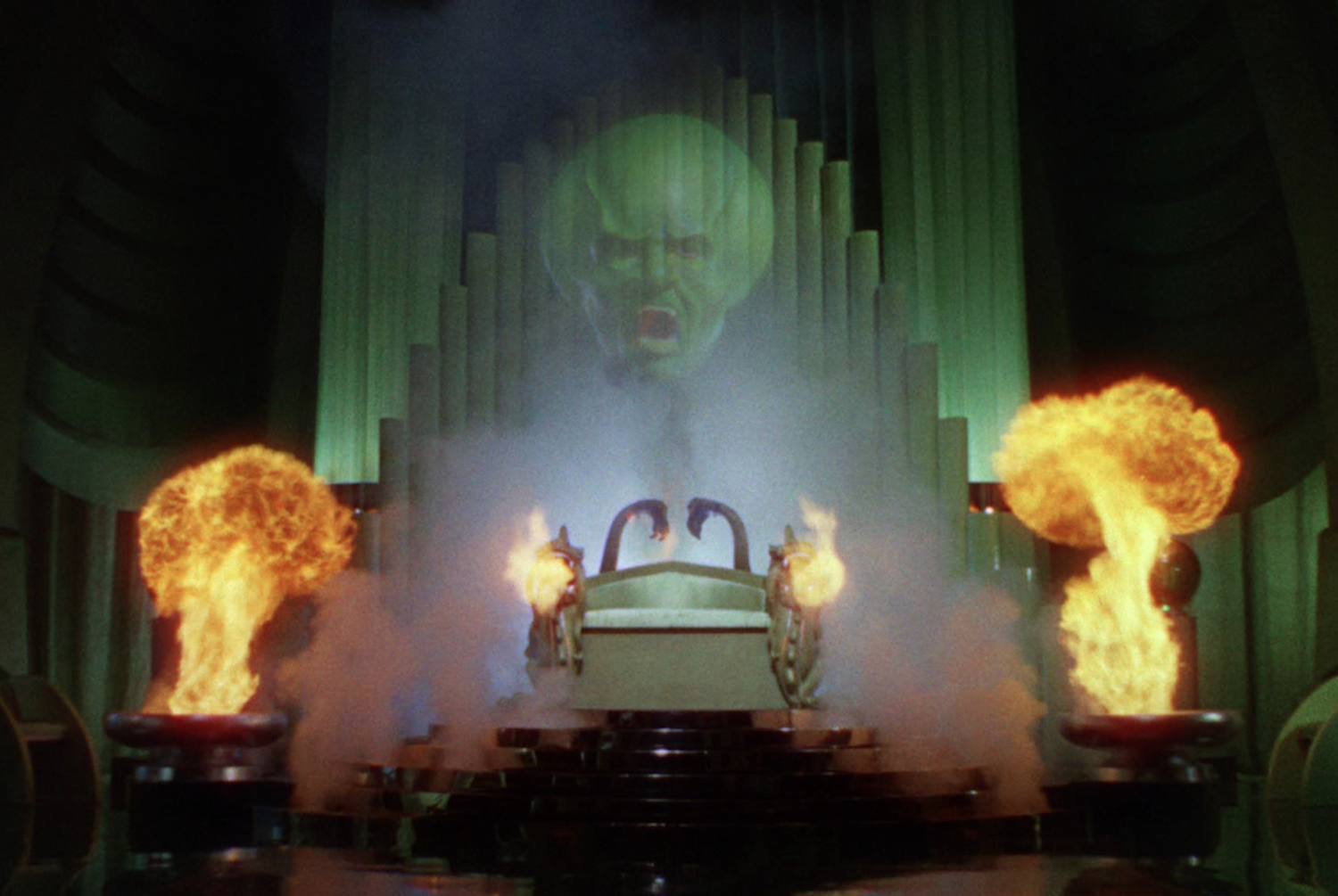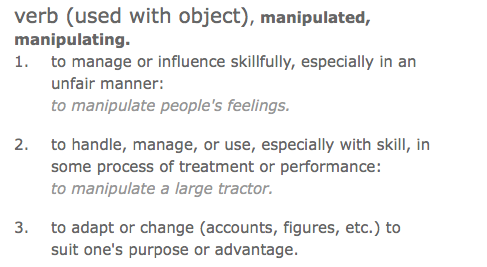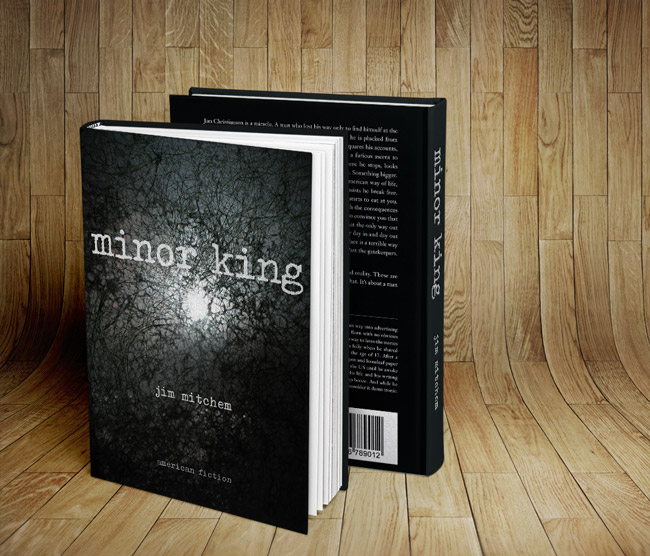
Six hundred billion dollars. That’s how much brands around the world spent on advertising in 2014. $600,000,000,000 to get people to notice, engage, and, ultimately, buy things.
It’s particularly interesting when you consider that at its core, advertising is propaganda designed to get people to do what you want them to do.
And boy are there a lot of ways to advertise. Print will tell you that it’s as strong as ever. Radio too. And outdoor. The direct mail guys preach that if you really want to get someone’s attention, send them a fake handwritten letter with variable fields for personalization, slap a fake Post-it® on there too (because you know, everyone includes Post-its® when they send physical letters), and then mail it to the target market via the the US Postal Service. With fake handwriting on the envelope. And a fake stamp.
There’s also banner ads, email campaigns, television, Adwords, Youtube, Facebook, etc. etc. etc. until we’re all blue in the face with marketing.
MORE MARKETING IS WHAT WE NEED!
To make matters worse, there are currently more marketing experts than at any time in history. In fact, few people know this but everyone who signed up for Twitter in 2011 now has a book out and is on the speaking circuit teaching people how to take their businesses to market via social media.
And people eat it up.
Why?
Because you can’t sell what people don’t know exists. And since sales are critical for business success, advertising is critical for business.
The marketing gurus routinely pitch vehicles, or media platforms (and especially digital media platforms) as the way to success. If you just get on Snapchat, Pinterest, Instagram, Facebook, etc.; if you just set up landing pages, email campaigns, popup windows offering premiums to capture data, etc.; if you just do these things, then you’ll see an increase in sales.
But let’s back up for a second. What are we really talking about here? Sales. What helps drive sales? Advertising. And what is advertising? What is it really?
Manipulation.

And manipulation is something the marketing gurus don’t talk about. Partly because they sell vehicles and platforms and don’t understand it, but mostly because manipulation is a scary word. There are negative connotations attached to it. Bad people manipulate others. You’re not bad, you’re just trying to grow a successful business.
As someone who has worked with hundreds of brands, writing various forms of advertising for a range of sectors and audiences via every media platform imaginable, I can tell you that the one thing that all advertising has in common is that its goal is to get people to do what you want them to do. Period.
And that, my friends, is a form of manipulation. But it’s not as bad as you think. It takes a refined skill set of someone who is part psychologist, part salesman, and part crazy to discover and deploy messages with the power to convince people to think a certain way. Or act a certain way. Or buy something.
“It’s just advertising, Jim!” you say with some tone.
And you’re right. Sort of. You see, the best advertising doesn’t look or sound like advertising. In fact, when you get right down to it, the very best advertising is your actual product or service. Do that well, and people will advertise for you. And, as we all know, word-of-mouth is the most effective form of advertising.
But let’s go back to traditional advertising for a minute. Chances are you’ll still need it in some capacity unless you can somehow grow a brand from word-of-mouth only (which is not impossible, by the way). So how do you create messaging that doesn’t look or sound like advertising, includes a sticky emotional appeal, and doesn’t seem manipulative?
Simple—by treating your target audience with respect. By thinking of them as human beings and not robots that respond to Post-its® stuck to fake letters. By getting inside of their hearts and minds and inviting them to learn more about you. Sure, this humanization of messaging is part of the appeal of sustainable marketing, but that’s a post for another day.
No, getting your audience to do what you want them to do isn’t easy (unless you’re using a coupon). That’s why most advertising is ineffective and why hiring a professional copywriter might be your best option.
Proficient copywriters have the ability to “become” the audience in order to engage them in a meaningful dialogue. Internally. It’s a dark art that few master. But the results are usually better than you can imagine.
From headlines to blog posts to brochure copy to social media status updates, copywriters are master manipulators with the ability to mobilize people in a specific direction.
Sorry, but it’s not the platforms or media that make people do things. Rather, it’s the messages themselves. Not that there’s anything wrong with platforms and vehicles. You need those to distribute the messages. Just don’t believe the nonsense that the magic’s in the media.
Want results from your advertising? Want more people to click through to your site, and then stay there? Want to increase sales? Stop chasing tips, tricks, and the latest social media outlets. New platforms will come and go, and they’ll all be carrying a message. Focus on making your messages linger. Hire a copywriter.
***
In 2008 I founded the LinkedIn group Copywriter’s Guild which currently has more than 6,000 members worldwide. You’re welcome to post your projects to this group for our stable of writers to consider.
You can also hire me.

How to Get People to Do What You Want Them To
Nov 23, 2015
[…] post originally appeared on Obsessed with Conformity. Reprinted with […]
Addie K Martin
Dec 4, 2015
I appreciate that you’re mixing more posts like this in with your other writing. I’m a fan of all of it, but this type of content has been helping me think about my business in different ways. Thanks! 🙂